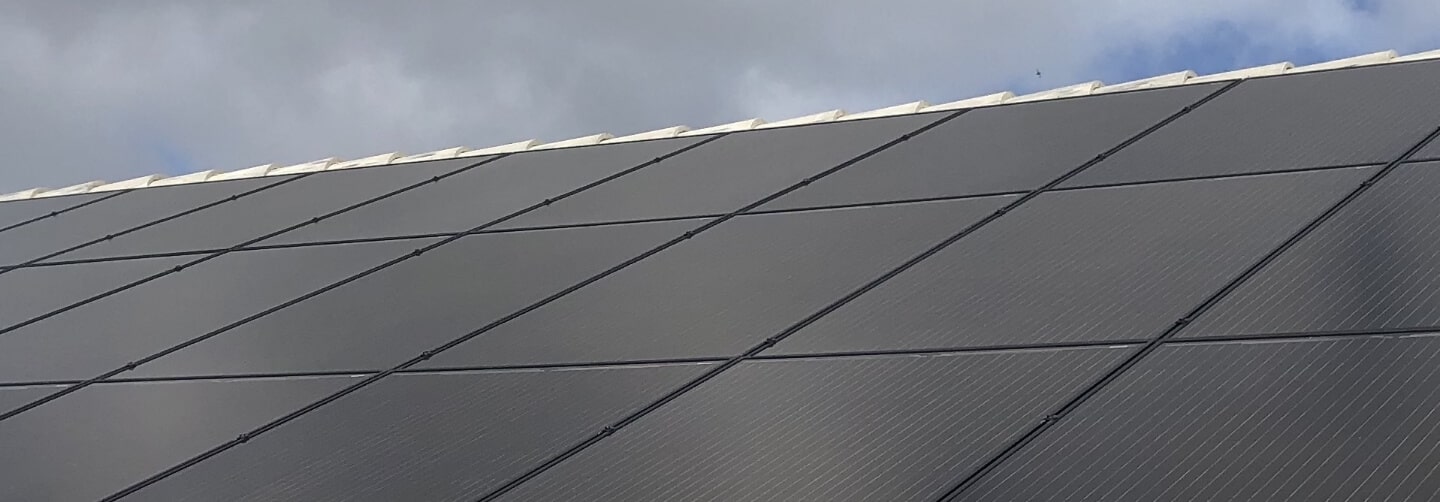What Material Is Used In Photovoltaic Panels?

Switching to solar energy is a smart step if you want to lower your energy bills and reduce your carbon footprint. A common question many homeowners ask is “What material is used in some photovoltaic panels?”
Understanding the materials that make up solar panels helps you make informed choices for your home. The materials affect how well panels perform, their lifespan, and the overall return on investment.
The Role of Silicon in Photovoltaic Panels
Silicon is the most widely used material in photovoltaic panels. Its natural properties allow it to absorb sunlight and turn it into usable electricity. Silicon is abundant, durable, and reliable. For this reason, it’s the preferred choice for most solar manufacturers.
Solar panels typically use either monocrystalline or polycrystalline silicon, each offering unique advantages in terms of efficiency, cost, and appearance.
Silicon has a long record of performance across different climates, which gives homeowners confidence in their investment. Ongoing technological improvements continue to increase efficiency levels. Its combination of availability, adaptability, and reliability makes silicon the foundation of modern solar energy systems.
Monocrystalline vs. Polycrystalline Silicon
Monocrystalline silicon comes from a single continuous crystal structure. This gives the panels a sleek black look that blends well with many roof styles. They are known for higher efficiency, a longer lifespan, and strong performance even when sunlight is limited. Polycrystalline silicon is made from multiple fragments of silicon crystals melted together.
These panels are more affordable, making them attractive for homeowners who want a dependable system without higher upfront costs. While they may be slightly less efficient, they still generate a steady energy output. Your decision usually comes down to your budget, the space available on your roof, and your long-term energy savings goals.
Thin-Film Photovoltaic Materials
Some photovoltaic panels use thin-film technology. These panels are made from materials such as cadmium telluride, copper indium gallium selenide, or amorphous silicon. Thin-film panels are lighter and more flexible than traditional silicon panels, which allows installation in unique or challenging spaces.
Although they may not match the efficiency of silicon panels, thin-film options perform well in lower-light conditions. They are also less expensive to manufacture. This can be advantageous for large commercial installations or projects where affordability is a priority.
Homeowners considering different materials may ask again, “What material is used in some photovoltaic panels?” when evaluating thin-film versus silicon.
Advances in Photovoltaic Materials
Research into new photovoltaic materials is growing rapidly. Perovskite is one of the most promising options and has gained attention for its high potential efficiency and low production cost.
Although still being developed, progress in perovskite and other next-generation materials shows that solar energy will likely become even more affordable and effective in the future. Beyond perovskite, researchers are also studying organic photovoltaic cells and other advanced compounds that could make solar panels thinner, more flexible, and easier to integrate into everyday products.
These breakthroughs may lead to solar technologies that power not only homes but also vehicles, clothing, and portable devices. Continued innovation in this field will expand opportunities for clean energy and create more accessible options for homeowners. It highlights how solar technology continues to evolve toward a brighter, more sustainable future.
Why Material Choice Matters for You
The material in your solar panels affects performance, durability, and return on investment. Choosing the right type of panel helps you get the most energy from your system while keeping long-term maintenance low.
For example, silicon panels are time-tested and dependable, which makes them a popular option for homeowners who want proven results.
Thin-film panels are flexible, lighter, and come with lower upfront costs, which can be appealing in specific situations. By understanding these differences, you can select solar panels that match your home’s energy needs, available roof space, and budget. Making an informed decision gives you greater confidence in the value of your solar investment for years to come.
Finding the Right Solar Panels for Your Home
When exploring solar options, it is best to work with a trusted company that explains material choices and installation benefits in clear terms. The right partner will guide you toward panels that match your goals, fit your home, and come with strong warranties. You deserve a solar solution that balances affordability and long-term performance.
Solar Energy Solutions of America offers high-quality photovoltaic panels, solar pool heating, and energy-saving products designed to fit your needs. Our team delivers dependable service and customized solutions so you can enjoy lower energy costs and greater comfort at home.
Reach out to us today to know more.
